
Project Brief
"2074 Futurism" is an imaginative exploration of how communication and language will evolve from 2024 to 2074, driven by current technological trends, sociopolitical factors, and cultural shifts. The project goes into the ways we might interact, express ourselves, and communicate over the next 50 years, speculating on how language could change in its spoken, written, and visual forms—perhaps even extending to how it could feel or taste. The central focus is on the transformation of language in its look, sound, and sensory experience, reimagining how we might convey meaning in the future.


Our theme is in the city of Detroit which is named “NovaScape.” Novascape is a dystopian, work-centered society riddled with surveillance and lack of expression. Workers are always monitored and do not see the outside world “The Awakening“. The Awakening is based at the Riverfront close to water and nature. In order to get out of the city aka “Novasape” The workers must speak a secret code language using nature and the senses in hopes to access, ‘The Awakening.” Drawing from research into the past and present, the project blends historical languages and modern communication forms.
A key part of my team's research involved studying the Khoisan people and their use of clicks, dots, and lines in language. Inspired by this, the project envisions a future where visual languages might incorporate these elements, blending them with modern trends like the use of sound and short-form communication. By combining these influences, "2074" offers a speculative vision of how communication could be redefined, making it more expressive, adaptive, and multi-sensory.
A key part of my team's research involved studying the Khoisan people and their use of clicks, dots, and lines in language. Inspired by this, the project envisions a future where visual languages might incorporate these elements, blending them with modern trends like the use of sound and short-form communication. By combining these influences, "2074" offers a speculative vision of how communication could be redefined, making it more expressive, adaptive, and multi-sensory.




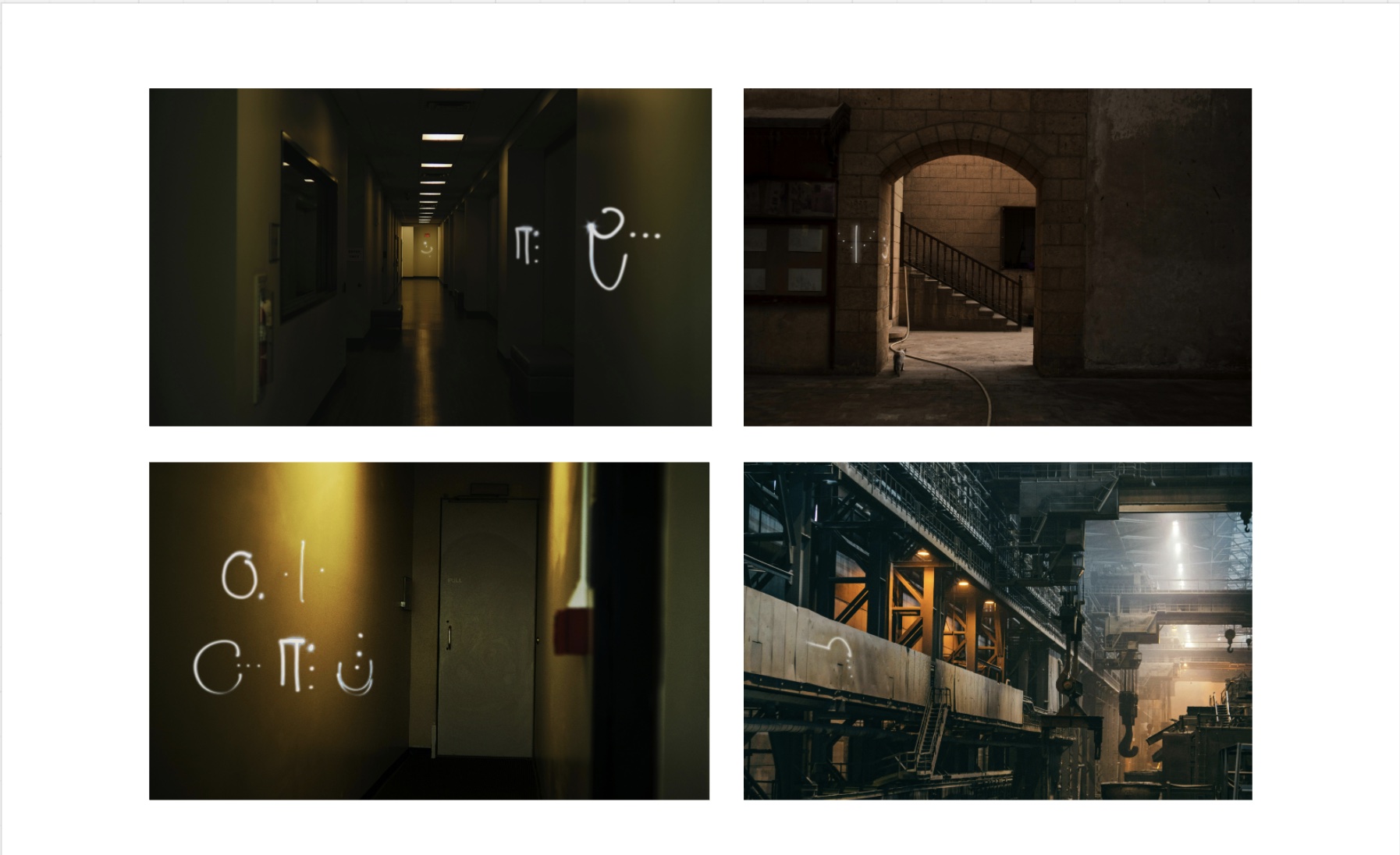 INSIGHTS
INSIGHTS After this wonderful exploration of learning how communication might change over 50 years. It taught me how The evolution of communication from the past through the present offers crucial insights into how it might develop in the future. By examining past and current forms, we can predict how future communication systems might be shaped by the blending of traditional methods with modern innovations. Sounds, rhythms, or tones might become as important as words themselves in conveying messages, which could enable rapid communication that carries emotional weight or complex ideas.
TECHNICAL SPECIFICATIONS
1.) Light Painting on Canon
(creating photos by setting long exposure times on a camera and using a moving light source to “paint” in the air.)
2.) Miro
3.) Photos
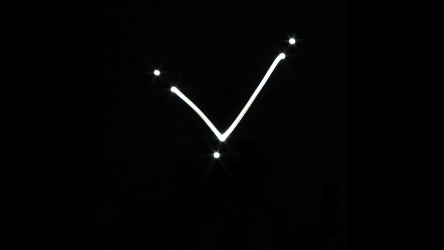

Process
METROPOLIS BREAKDOWN
After watching and taking notes on Metropolis we explore the conflict between humans and machines in a dystopian, industrialized future. The film portrays a society divided between the wealthy elite who control the city and the oppressed working class who operate the machines. Through striking imagery, it illustrates the dehumanization of workers, in a vast mechanical system. Machines symbolize both progress and oppression, serving as tools of exploitation but also as potential sources of chaos when unchecked. The film ultimately advocates for a mediator to bridge the gap between the heart (the workers) and the head (the elite), highlighting the need for empathy and human connection in an increasingly mechanized world.

In Metropolis, the duality of "bad" Maria (the robot) and "good" Maria (the human) profoundly impacts both the city and its social fabric, blurring the lines of being human. Good Maria represents hope, compassion, and the fight for equality, rallying the workers toward peaceful reform. In contrast, bad Maria, the robotic doppelgänger, incites chaos, manipulating the workers into rebellion and destruction, reflecting how technology can corrupt human values. The robot's ability to mimic Maria’s appearance and emotions questions what truly defines humanity—whether it's physical form or inner morality. This duality not only destabilizes society within the film but also serves as a metaphor for how technology can distort human identity, ethics, and the natural order, pushing the boundaries of what it means to be human.
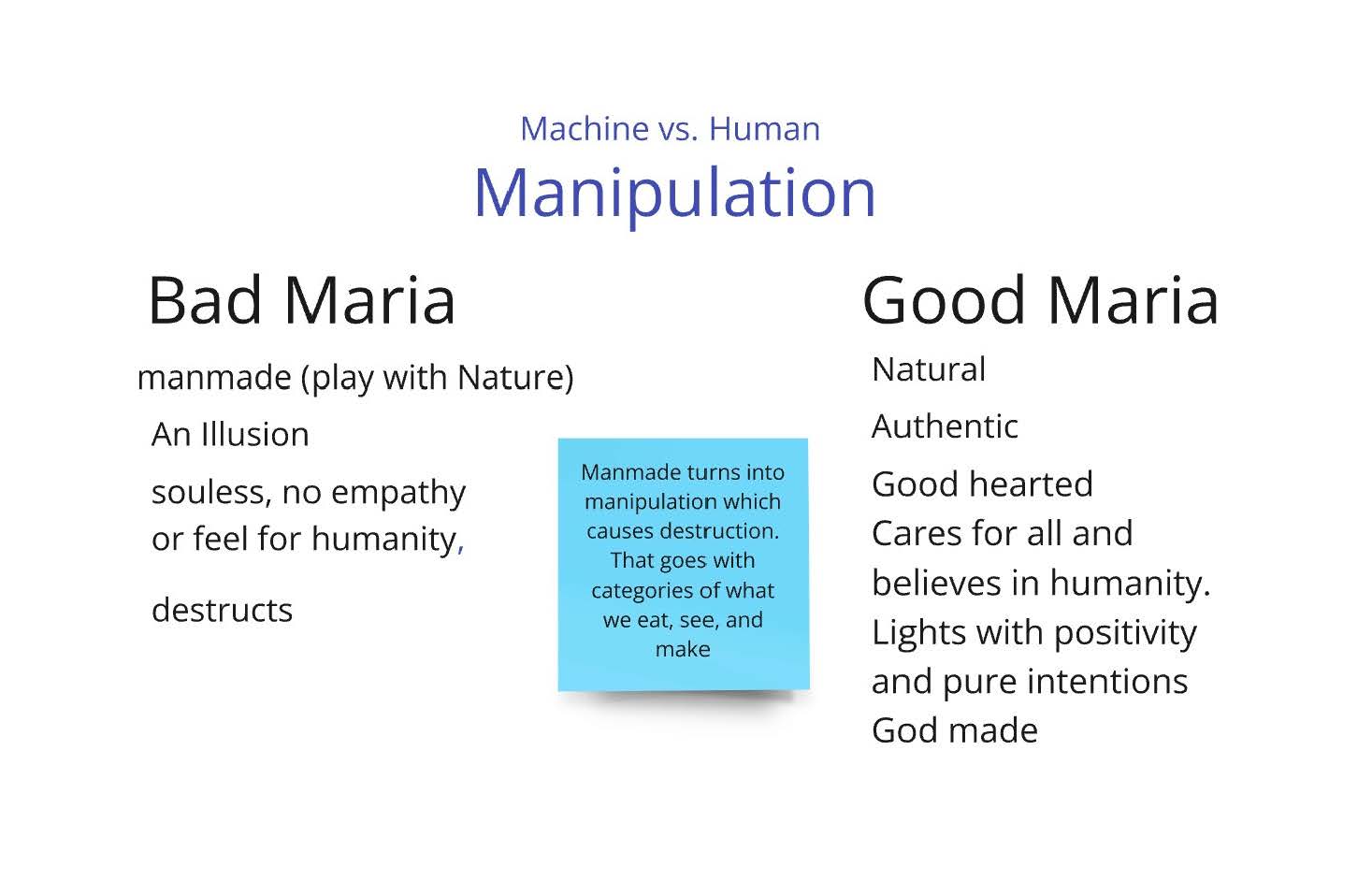
Society today shares striking parallels with Metropolis (1927), particularly in the themes of technological dominance, class division, and the dehumanization of labor. In both the film and modern society, Technology plays a pivotal role in shaping industry and social structures, often benefiting the elite while creating divides between the privileged and the working class. The automation of labor and the rise of artificial intelligence echo Metropolis' portrayal of machines replacing human workers. Additionally, the film’s depiction of societal control through technology reflects contemporary concerns about surveillance, power dynamics, and the loss of individual agency in a highly mechanized world.
The comparison between factories in 1920s Germany and modern-day jobseekers at Foxconn highlights enduring themes of industrialization, labor exploitation, and harsh working conditions. In 1920s Germany, factories were the backbone of economic growth, but they often subjected workers to grueling hours, low pay, and unsafe environments, reflecting the dehumanizing aspects of early industrialization. Workers were treated as cogs in the machine, valued only for their labor output, a theme famously depicted in Metropolis.
Similarly, at Foxconn, a major supplier for companies like Apple, jobseekers face immense pressure to meet high production demands in a highly controlled environment. Reports of long hours, poor working conditions, and the repetitive nature of assembly-line work mirror the struggles faced by German factory workers in the 1920s. Despite advances in technology, the core issues of worker exploitation, inequality, and the prioritization of profit over labor rights remain consistent between both eras.

IDEA GENERATION
In today's society, Technology is increasingly blurring the lines of what it means to be human by enhancing our physical and cognitive capabilities and reshaping our identity. AI now performs tasks once thought to be uniquely human, such as creativity and problem-solving, while advancements in wearable tech and implants push the boundaries of human biology. Additionally, our identities are becoming intertwined with digital personas, challenging traditional notions of individuality and self. As technology integrates more deeply into our lives, it raises fundamental questions about consciousness, identity, and the nature of humanity.


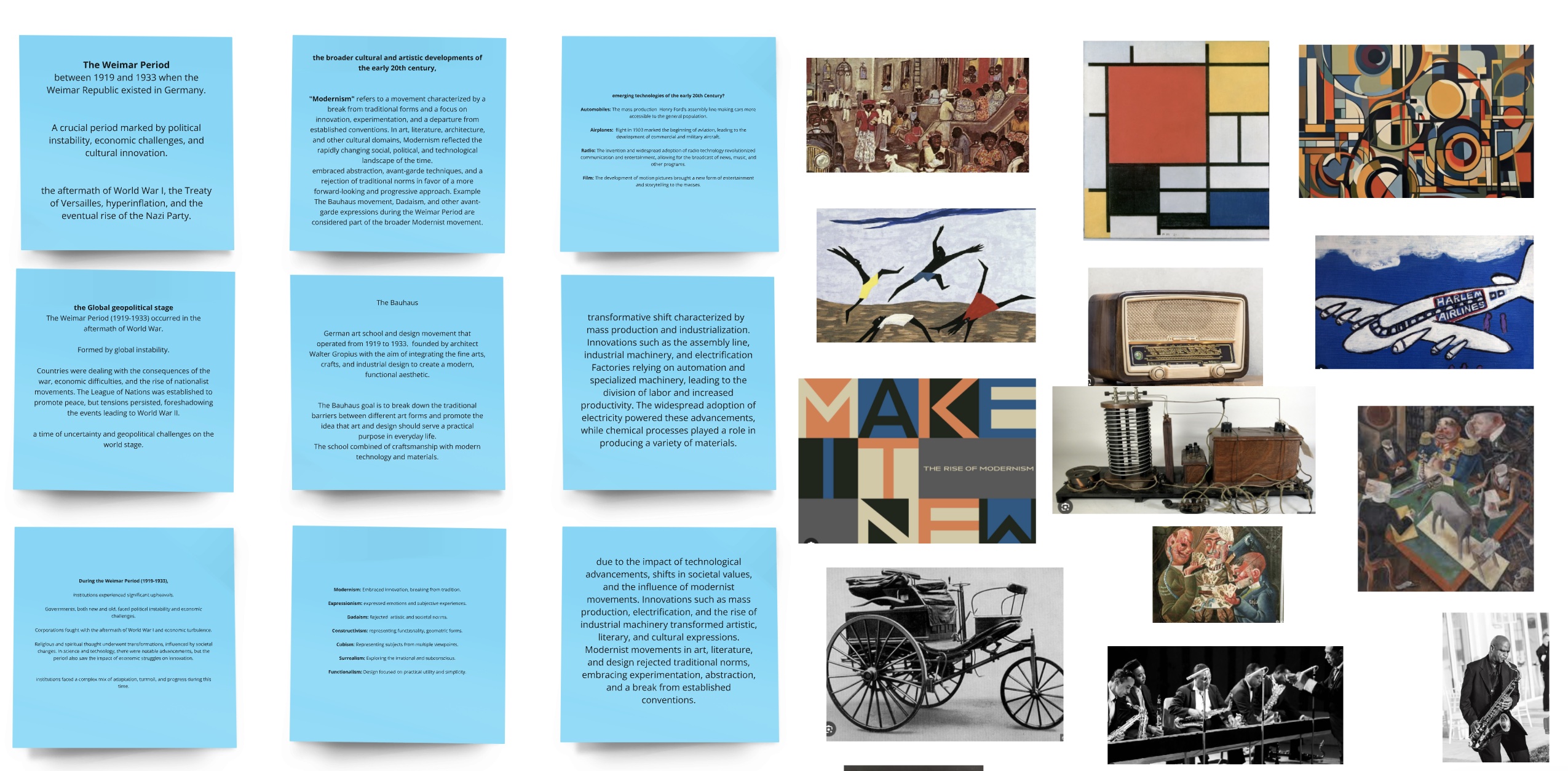
ESTABLISHING OUR NARRATIVE


CREATING A LANGUAGE CONCEPT

Detroit’s is a heavily cultured city full of art and design art like graffiti on walls, trains, buildings etc. Graffiti history is rooted in the city’s industrial decline and urban decay, which provided a vast canvas for street art as the city faced economic struggles, depopulation, and abandonment in the late 20th century. Initially seen as vandalism, graffiti emerged as an expression of frustration and resistance from marginalized communities. As Detroit’s landscape became dotted with abandoned factories and buildings, graffiti artists transformed these spaces, using their art to reflect the city's challenges. By the 1990s and 2000s, the scene evolved, gaining recognition for its artistic value and attracting both local and international artists. Today, graffiti in Detroit stands as a powerful symbol of the city's resilience, creativity, and cultural rebirth, contributing to its identity as a hub for street art.


DRAFT SKETCH IDEAS

OUR GLYPH SYSTEM
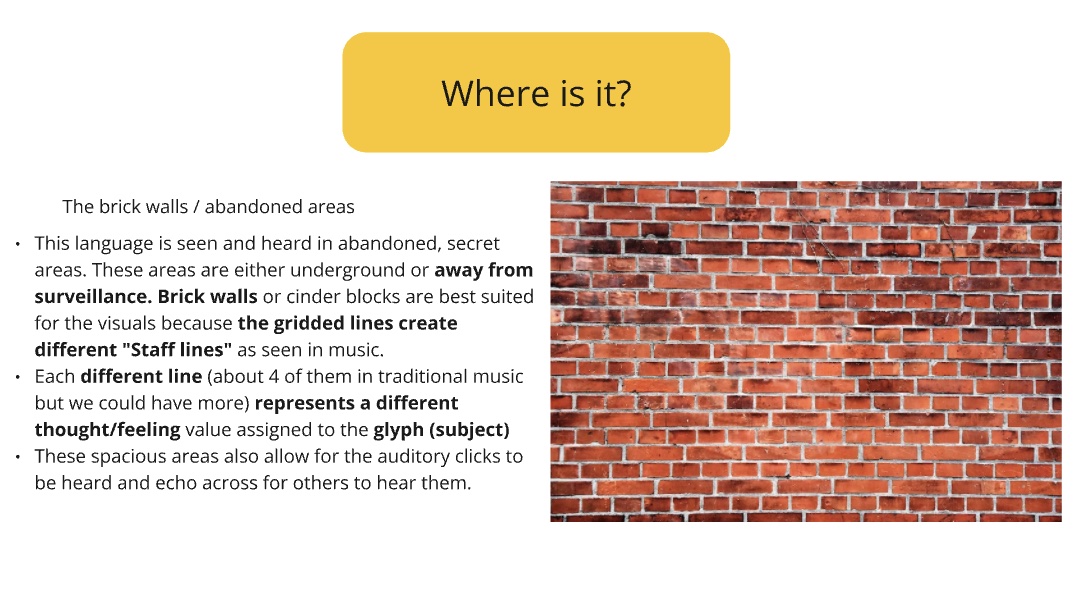

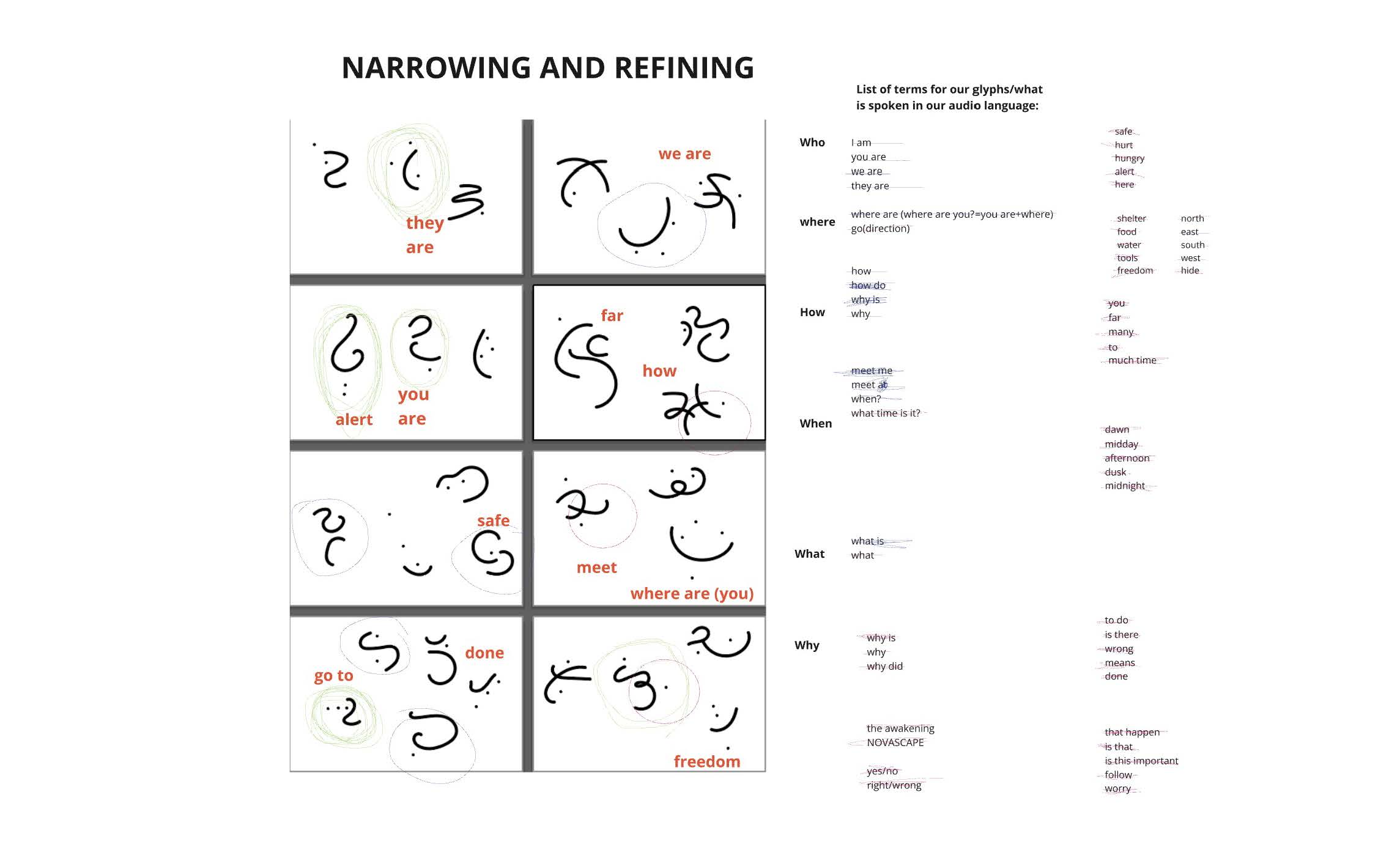
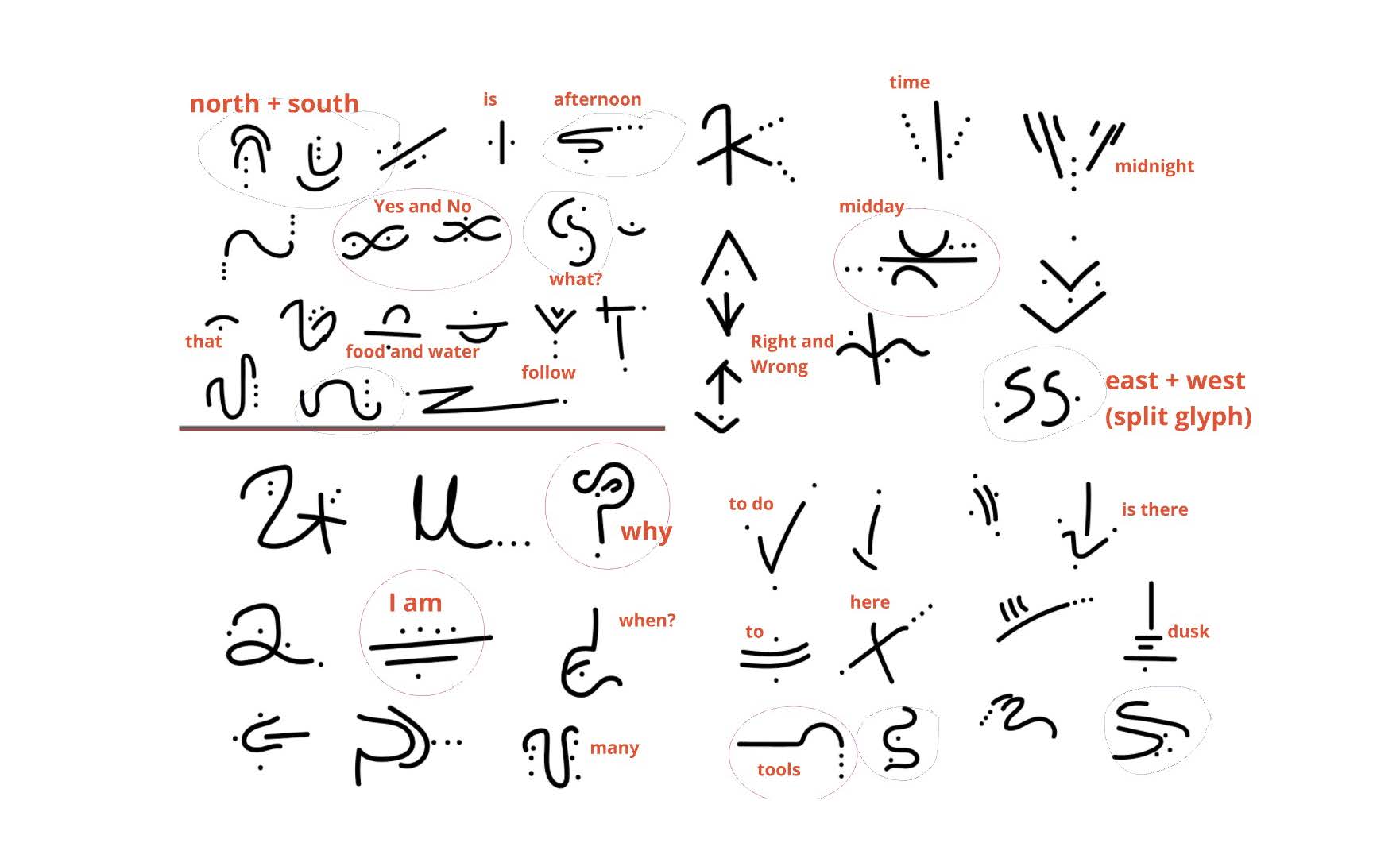
SLIDESHOW
![]()
![]()
FINAL NARRATIVE, CONTEXT, AND SYNTAX
![]()
![]()
FINAL GLYPH SPATIAL MOCKUPS
![]()


FINAL NARRATIVE, CONTEXT, AND SYNTAX


FINAL GLYPH SPATIAL MOCKUPS
